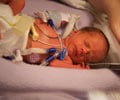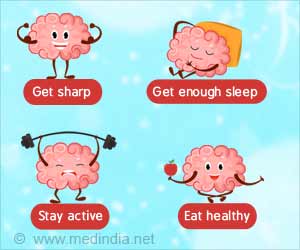The relationship between a mother and her daughter relationship can be difficult to understand, even though they have the same genetic material.
A new Northwestern University study has shown how the complex mother and daughter relationship develops in yeast cells.
The research team has discovered a new mechanism for cell fate determination - how one cell, the daughter, becomes dramatically different from the mother, even though they have the same genetic material.The study shows why mothers and daughters differ in how they express their genes.
By studying yeast, whose entire genome is known, scientists can learn the basics of cell division and apply that knowledge to the human system.
Many of the fundamental mechanisms for cell division in yeast are conserved, or very similar, in mammals; many of the proteins involved in human disease are related to proteins that are involved in yeast cell division.
The new knowledge about cell fate determination could lead to a better understanding of healthy human cells, what goes awry in cancer cells and how human stem cells and germ cells work.
"Cancer may reflect a partial and aberrant loss of differentiated character, in which cells that were formerly specified to perform a specific task 'forget' that, and become more like the rapidly dividing stem cells from which they came," said Eric L. Weiss, assistant professor of biochemistry, molecular biology and cell biology in Northwestern's Weinberg College of Arts and Sciences.
Advertisement
"Understanding how differentiated states are specified might help us figure out how to remind cancer cells to go back to their original tasks or fates -- or, more likely, die," Weiss added.
Advertisement
And the daughter takes longer than the mother to begin the next cycle of division, since it needs time to grow up.
The key to the researchers' discovery of how this differentiation works is the gene regulator Ace2, a protein that directly turns genes on. The researchers found that the protein gets trapped in the nucleus of the daughter cell, turning on genes that make daughter different from mother.
The study will be published in the Aug. 19 issue of the journal PLoS Biology.
Source-ANI
RAS/L









